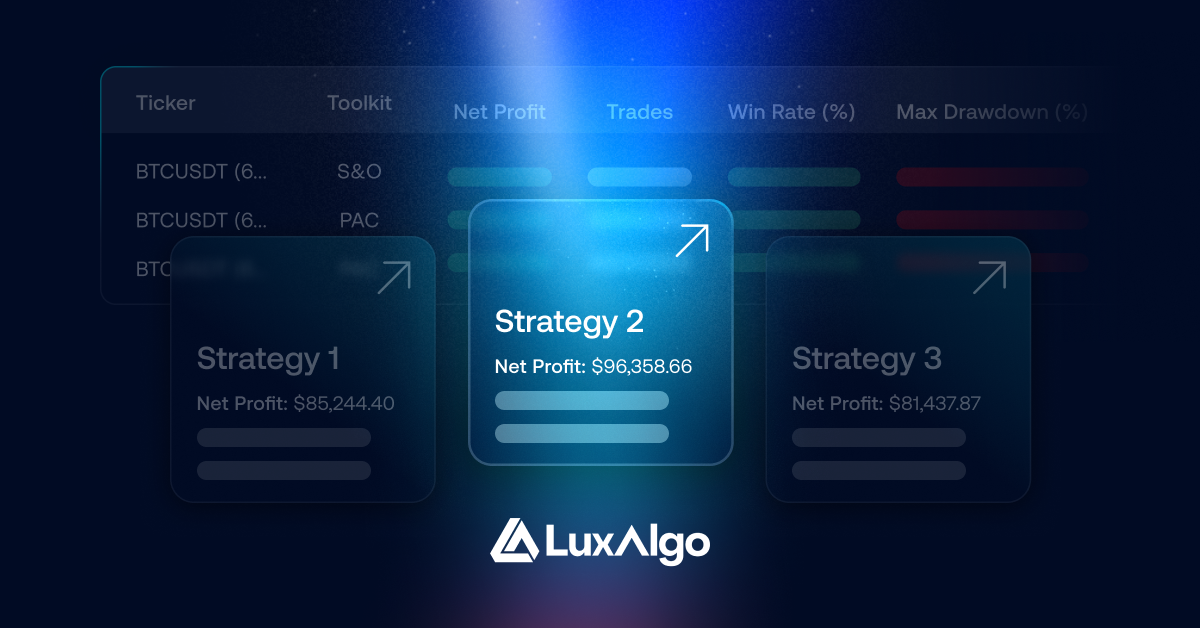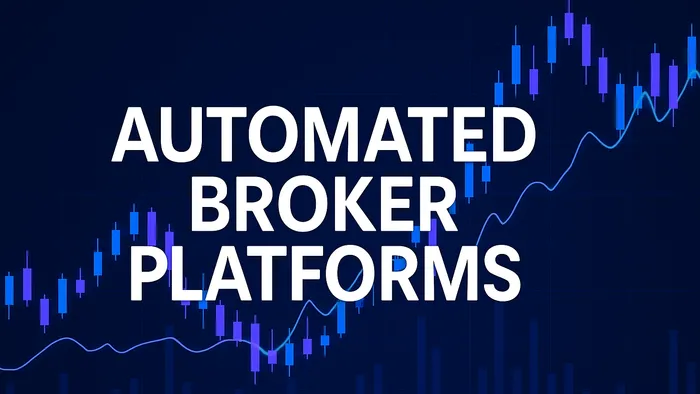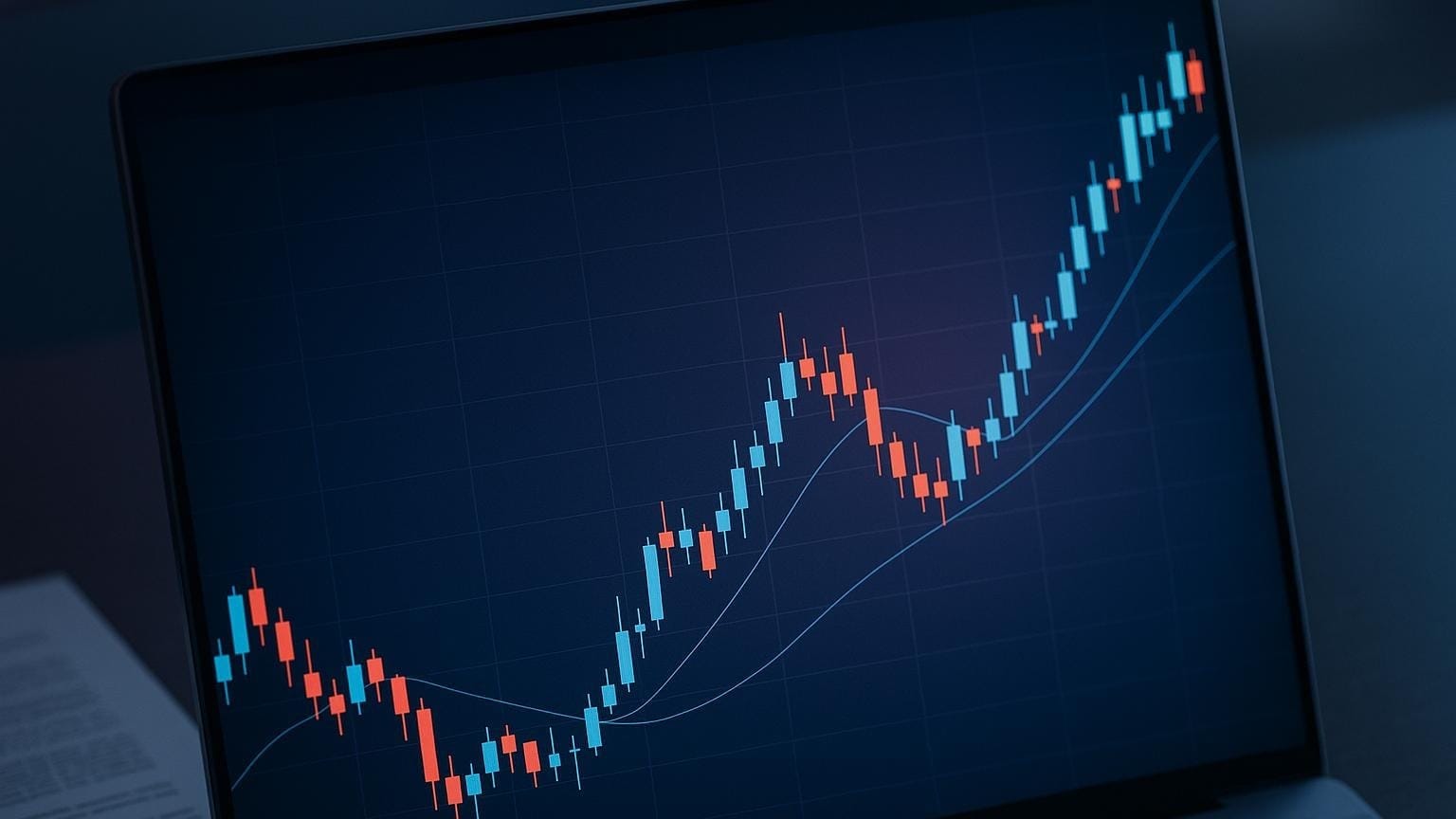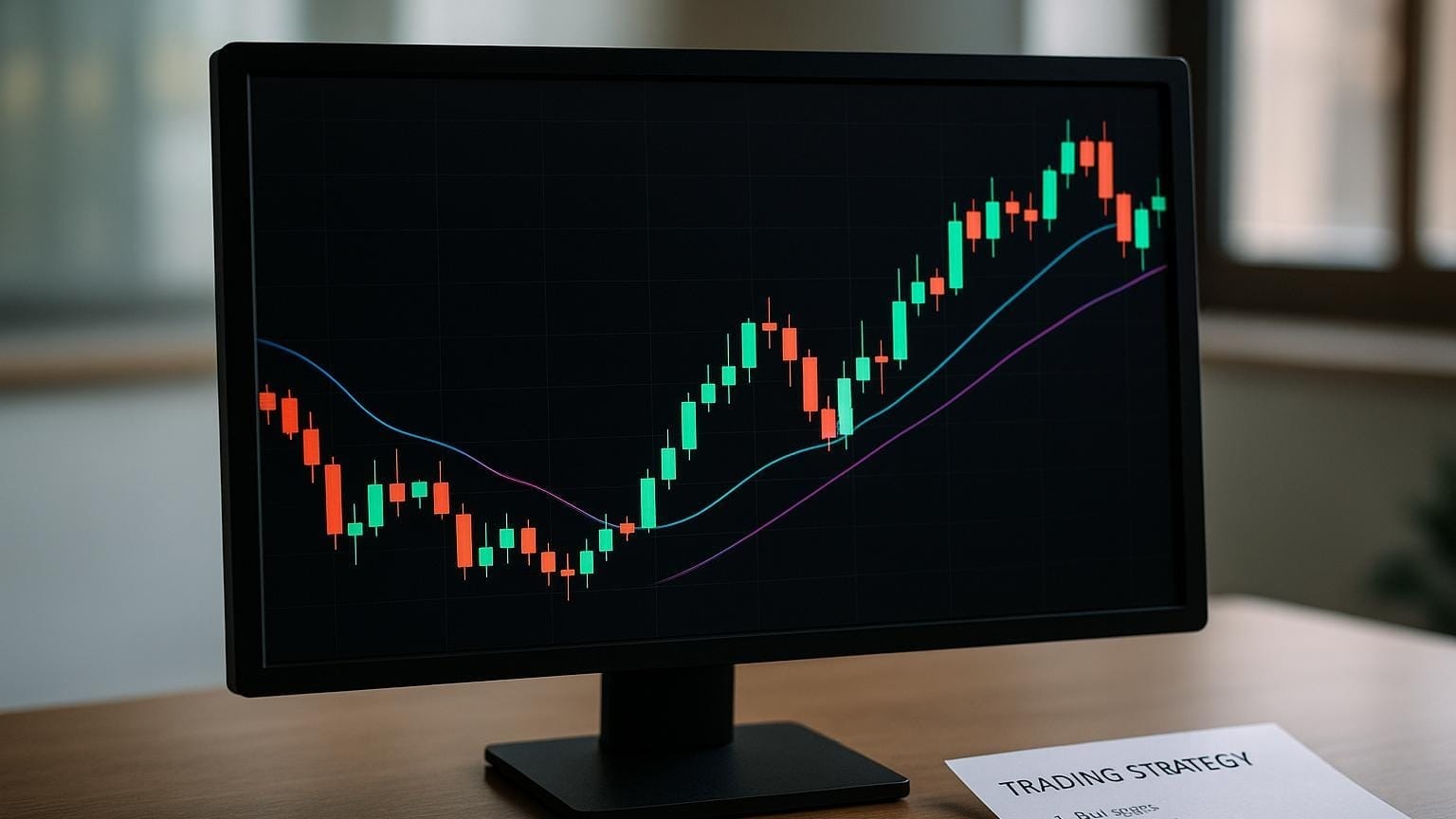Explore the pros and pitfalls of automated broker platforms, including benefits, challenges, risk management, and key features for effective trading.
Automated broker platforms now handle over 70% of U.S. stock-market trades. These systems use AI and algorithms to execute trades faster and more accurately than humans, reducing emotional biases and improving efficiency. However, they are not perfect and require risk management and human oversight.
Key Points:
- What They Are: Software that executes trades based on rules and market data.
- Benefits: Instant execution, continuous operation, reduced human error, and multi-strategy management.
- Challenges: Technical glitches, strategy failures, and the need for emergency protocols.
- Risk Management: Use position sizing, circuit breakers, and regular audits to minimise risks.
- Popular Features: Real-time processing, copy trading, backtesting tools, and customisable settings.
Quick Comparison:
| Feature | Automated Platforms | Standard Platforms |
|---|---|---|
| Execution Speed | Milliseconds | Seconds to minutes |
| Complex Tools | Advanced, for example AI or PAC | Basic, for example stop-loss orders |
| Customisation | Highly customisable | Limited |
| Cost | $0 – $59.99 per month | Often free or low-cost |
Takeaway: Automated platforms are powerful, yet they require safeguards and human oversight to ensure success. Start with tasks that can be reliably automated, and keep sensitive decisions manual.
Best Trading Bots for Beginners & PROS: AI Trading Bots …
What Are Automated Broker Platforms
Automated broker platforms are advanced software systems designed to execute trades based on pre-set rules and algorithmic analysis. By removing emotional biases from trading decisions, these platforms streamline the trading process, particularly in forex markets, and are used by around 10 million traders globally.
These platforms continuously monitor and analyse market data to identify potential trading opportunities. When specific conditions, such as price changes, technical indicators, or economic events, are met, they automatically execute buy or sell orders.
Here is how they work:
Trading Bots and Algorithms
These systems rely on mathematical models to analyse markets and execute trades in real time. They can detect price differences and react to market signals like moving-average crossovers, support and resistance levels, or pattern formations, often within milliseconds.
Copy or Social Trading
This feature allows traders to replicate the strategies of experienced investors. Constantinos Michaelides, Director at DGM Tech Solutions, emphasises the importance of balancing automation with manual oversight:
"I advocate for segregating sensitive aspects of the business, especially those involving real-time trading and client funds, by adopting a hybrid approach, automate tasks where AI or any automation script is certain to be accurate and reliable, and keep manual control over areas where the solution's consistency and precision cannot be guaranteed."
While automation reduces human error, it is not without risks. Anton Sokolov, Marketing Manager at Brokeree Solutions, advises caution:
"While it is true that automation reduces human errors, you should not rely on fully automated systems without an emergency brake or a rollback process in place."
Modern automated platforms often include risk-management tools and customisable settings, enabling brokers to manage their operations more effectively. Research shows that three traders using these systems can now handle workloads that previously required five people.
Alexander Geralis, Director at Finthentic, highlights the importance of finding the right balance:
"Automation is very important when brokers want to scale. We like to help our clients find the balance between automation and identifying where it may be safer to have manual processes in place."
This balanced approach ensures that routine tasks are automated for efficiency, while critical decisions still involve human judgment. The aim is to combine the precision of technology with human expertise, enhancing decision-making for better trading outcomes.
1. LuxAlgo Tools and Features
LuxAlgo is a fintech company that provides advanced trading tools and an AI Backtesting Assistant; it is not a charting platform.

LuxAlgo provides real-time alerts and integrated toolkits designed for speed and efficiency. Its tools operate with execution latency below two seconds for price triggers, out-performing basic trading platforms that typically lag by 5 to 15 seconds. LuxAlgo indicators can also monitor more than 50 assets simultaneously.
Real-Time Processing Power
The infrastructure supports simultaneous market monitoring, ensuring both speed and accuracy during execution.
Advanced Trading Toolkits
- Price Action Concepts (PAC): Automates pattern detection and market-structure analysis, perfect for price-action strategies.
- Signals & Overlays (S&O): Provides multiple signal algorithms and visualisation tools to support deeper market analysis.
- Oscillator Matrix (OSC): Offers real-time divergence detection, trend-following signals, and insights into money flow.
Pricing Plans
| Plan | Monthly Cost | Annual Cost, 20 percent savings | Key Features |
|---|---|---|---|
| Free | $0 | $0 | Access hundreds of free indicators through the LuxAlgo Library |
| Premium | $39.99 | $383.90 | All three toolkits, full scanner alerts, custom user strategies |
| Ultimate | $59.99 | $575.90 | AI Backtesting Assistant, priority support, deep optimisation features |
These plans balance performance and affordability. LuxAlgo has earned a 4.8 / 5 rating from Trading Strategy Guides for its signal accuracy and workflow integration.
LuxAlgo WebSocket API maintains indicator accuracy across various broker feeds. This robust setup delivers reliable performance even in high-volatility markets, making it a dependable choice for traders who demand precise timing and accurate signals.
2. Standard Platform Features
Standard trading platforms include essential tools that simplify trade execution and manage risk effectively. While premium tool providers such as LuxAlgo offer advanced options, these core features remain fundamental for automated broker platforms: trade execution, strategy development, and risk management.
Trade Execution Framework
At the heart of any automated platform is its ability to execute trades accurately across various market conditions. Modern systems are designed to ensure precision and reliability in execution, even during volatile periods.
Strategy Development Tools
Creating trading strategies is easier with a variety of tools. Here is a quick breakdown:
| Feature Type | Functionality | Benefit |
|---|---|---|
| Strategy Wizard | Pre-built templates, drag-and-drop interface | Simplifies strategy creation without coding |
| Backtesting Engine | Analyses historical market data | Helps validate strategies before live trading |
| Custom Programming | Offers coding options for customisation | Provides flexibility for advanced users |
Risk Management Components
Risk management is critical for any automated platform. Most systems include features such as stop-loss orders and trailing stops, which can be triggered automatically based on user-defined criteria. Position-sizing and exposure-monitoring tools further help traders protect capital.
Cost Structure
- Base Platform Fees: Full-service brokers often charge 1 percent to 2 percent of assets under management for access and maintenance, including basic features and standard market data.
- Transaction Costs: Many online platforms now offer commission-free trading for standard operations, though premium data feeds or specialised features may incur extra charges.
Technical Infrastructure
The success of automated trading depends on a reliable technical setup. Key components include real-time market-data processing, redundant connections to ensure uptime, system-health monitoring, and emergency-shutdown mechanisms for added security.
Benefits and Limitations
Automation speeds up trade execution but comes with risks such as technical glitches or strategies that may not perform well in live environments. Below, we outline the main advantages and challenges.
Core Benefits
| Benefit Category | Description | Impact |
|---|---|---|
| Execution Speed | Executes trades instantly | Catches brief market windows |
| Emotional Control | Eliminates human bias | Ensures consistent strategy application |
| Continuous Operation | Monitors markets without interruption | Expands trading opportunities |
| Multi-Strategy Management | Runs multiple strategies simultaneously | Improves portfolio diversification |
Critical Limitations
Automation requires a solid technical setup. System outages, connectivity problems, or strategies that fail when applied in real-world conditions can undermine performance.
Risk Management Framework
To counter these challenges, a strong risk-management framework is essential. Key elements include:
1. Position-Sizing Controls
Proper position sizing ensures that no single trade can cause significant damage to the portfolio.
2. Emergency Protocols
Protective measures such as circuit breakers and auto-shutdowns are vital. These activate under conditions like:
- Daily-loss limits reached
- High market volatility
- Technical system failures
- Connectivity disruptions
Balancing the technical strengths of automation with active risk controls is key. Consistent performance reviews and strategy updates keep results on track.
Key Takeaways
Balancing automation with human oversight is crucial for successful automated trading. Experts suggest automating routine tasks while keeping sensitive operations under manual control to ensure accuracy and reliability.
Steps to Get Started
- Evaluate Automation Potential
Review your trading processes to pinpoint tasks suitable for automation. Constantinos Michaelides notes:
"I advocate for segregating sensitive aspects of the business by adopting a hybrid approach, automate tasks where AI is certain to be accurate and reliable, and keep manual control over areas where precision cannot be guaranteed."
- Set Up Safety Measures
Before fully implementing automated strategies, establish safeguards. Anton Sokolov stresses their importance:
"While it is true that automation reduces human errors, you should not rely on fully automated systems without an emergency brake or a rollback process in place."
Key Factors for Success
| Component | Implementation Strategy | Risk-Management Approach |
|---|---|---|
| Core Operations | Automate repetitive and reliable tasks | Keep human oversight for complex decisions |
| Risk Controls | Use automated circuit breakers | Conduct regular system audits |
| Emergency Plans | Define rollback procedures | Ensure continuous monitoring |
Ensuring Long-term Success
To keep automated trading effective, prioritise regular performance reviews, adjust rules to match market shifts, and maintain robust risk-management practices. Automation improves efficiency, but combining it with human judgment is key to staying ahead.
FAQs
What are the risks of depending entirely on automated broker platforms for trading?
Relying solely on automated broker platforms can limit your ability to adapt to unexpected market changes or unique trading scenarios. While automation offers efficiency and precision, it may lack the flexibility and critical decision-making that human expertise provides.
Over-dependence on automation can also expose you to hidden fees, system errors, or technical glitches. Balancing automation with human oversight ensures you maintain control over your trading strategies and can respond effectively to complex situations.
How can traders combine automation with manual strategies to improve their trading results?
Adopting a hybrid approach combines the strengths of automation with manual oversight. Automation can handle repetitive tasks, such as data analysis and trade execution, while manual strategies allow traders to make informed decisions during critical moments or in volatile markets.
Automate processes that benefit from speed and precision, and reserve manual control for tasks requiring judgment, such as strategy adjustments or risk management. Regularly review automated systems and stay informed about market trends to ensure that automation supports, rather than replaces, your overall trading strategy.
What are the most important features to look for in an automated broker platform?
When choosing an automated broker platform, focus on features that deliver reliability and efficiency. Key considerations include built-in trading tools or integrations, robust backtesting capabilities, and access to the markets you want to trade. Understand the platform's fees and commissions upfront to avoid surprises.
Ensure the platform is regulated by a recognised financial authority, has strong security measures, and offers responsive customer support. It should also execute trades quickly and help reduce emotional decision-making, one of the main benefits of automation. These features will help you trade confidently and align the platform with your goals.








